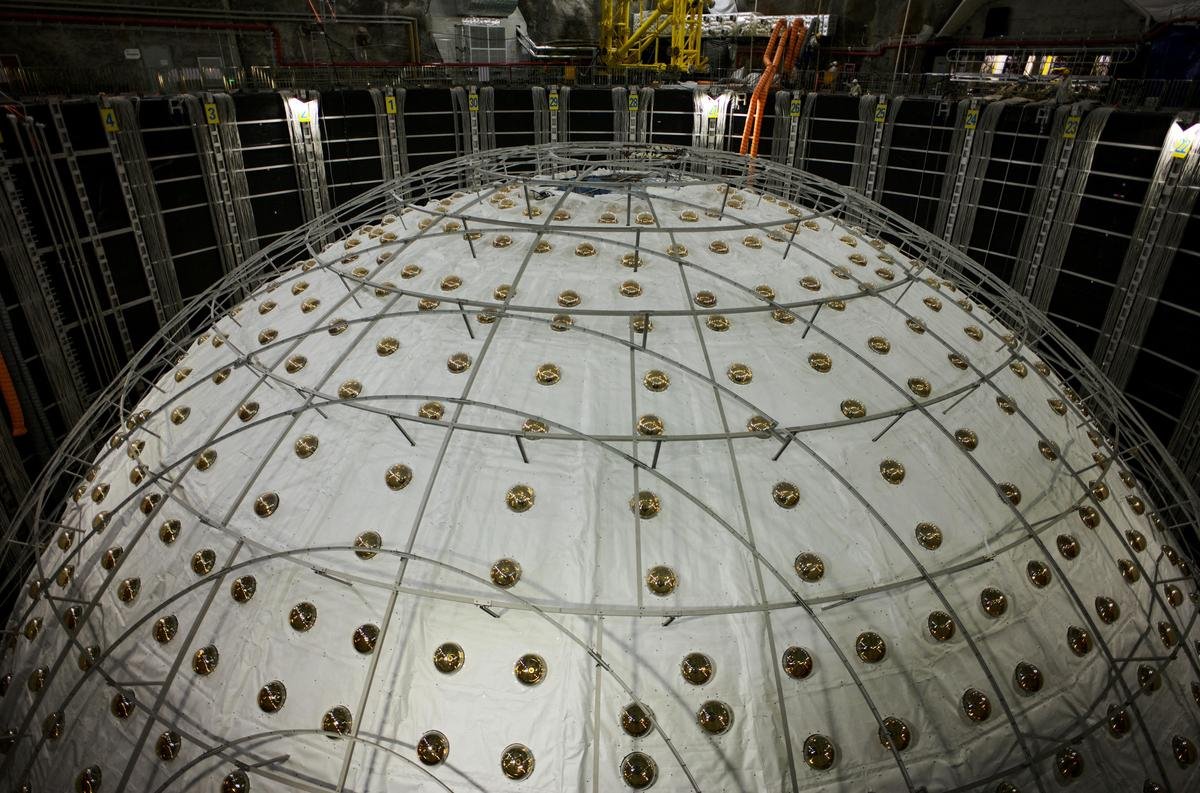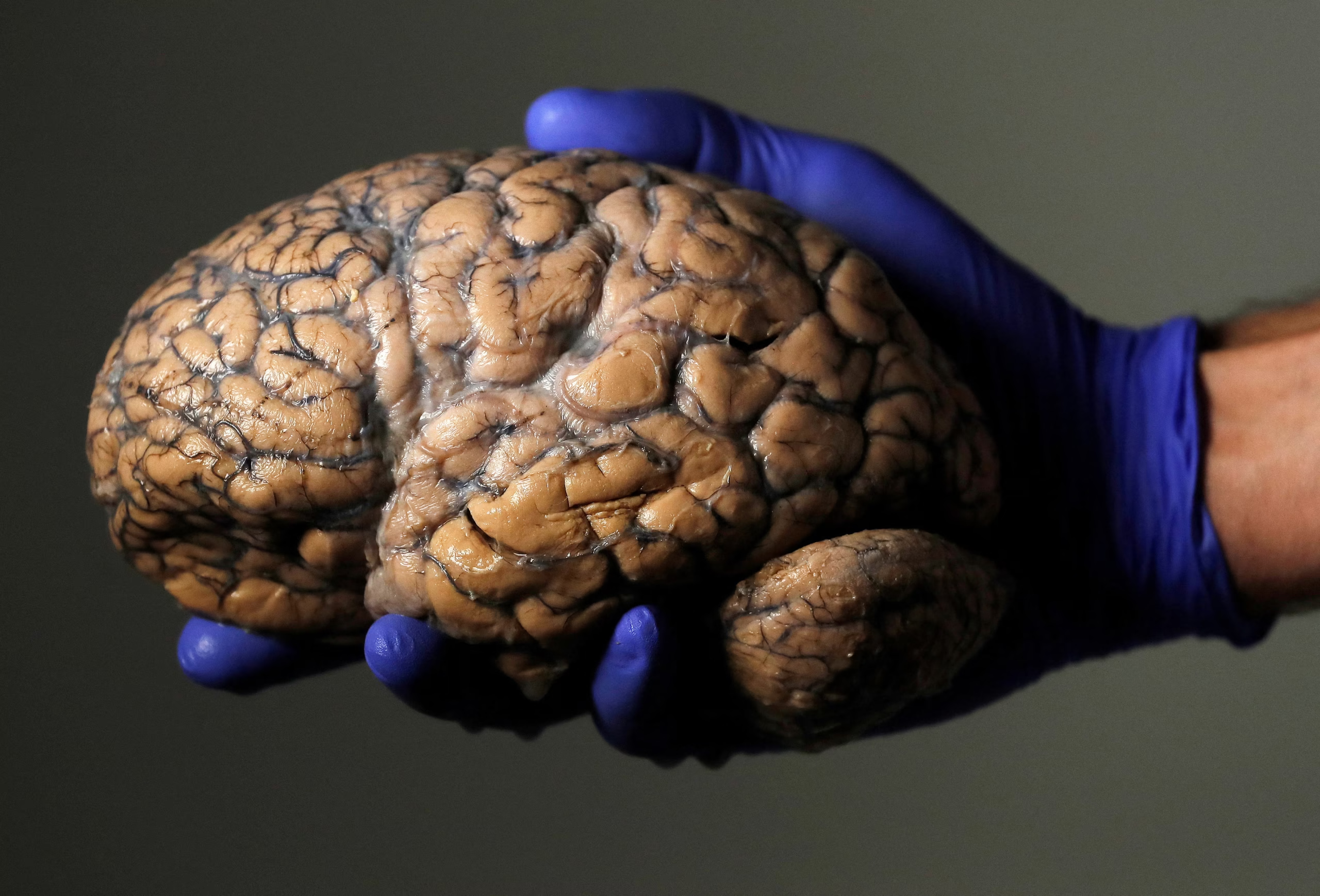Context
China has completed construction of the Jiangmen Underground Neutrino Observatory (JUNO) and released its first research findings, while India’s India-based Neutrino Observatory (INO) project remains stalled for years due to local opposition, procedural delays, and political challenges.
What are Neutrinos?
- Neutrinos are subatomic particles with extremely small mass and no electric charge.
- They interact very weakly with matter, making them difficult to detect.
- Studying neutrinos helps understand fundamental physics, the evolution of the universe, and mysteries like matter–antimatter imbalance.
What are INO and JUNO?
- INO (India-based Neutrino Observatory)
- Planned underground neutrino laboratory in Theni, Tamil Nadu, inside a mountain.
- Designed to house a 50-kilotonne detector to study neutrino mass ordering.
- Required the mountain to act as a natural radiation shield.
- Project supported by the Department of Atomic Energy.
- JUNO (China)
- Large underground liquid scintillator detector.
- Built with major international collaboration.
- Recently completed and has already released first scientific results.
What is a Liquid Scintillator Detector?
- A liquid scintillator detector is a large tank filled with a special transparent liquid that gives off tiny flashes of light when a neutrino interacts with it.
- Because neutrinos rarely interact with matter, the detector must be very large so that even a few interactions can be captured.
- These tiny flashes are recorded by sensitive sensors around the tank, which help scientists study the properties of neutrinos.
- Importance for JUNO
- It helps detect neutrinos more accurately.
- It allows precise measurement of neutrino oscillation and mass ordering.
- It improves the quality of data because the light signals are very clear and measurable.
Why is Neutrino Mass Ordering Important?
- Neutrinos are tiny subatomic particles that come in three types (called flavours): electron, muon, and tau
- They are mysterious because they can change from one type to another while travelling, a process called neutrino oscillation.
- For neutrinos to oscillate, they must have mass, but scientists still do not know which neutrino is heavier and which is lighter.
- This question is called neutrino mass ordering (or mass hierarchy).
- Knowing the correct mass order is important because it:
- Helps us understand how the universe was formed
- May explain why the universe is made of matter instead of antimatter
- Is crucial for advancing particle physics and cosmology
- To figure out the mass ordering, scientists measure certain oscillation parameters called θ-12, θ-13, and θ-23.
- These tell us how neutrinos convert from one flavour to another.
- Earlier experiments had already measured θ-13.
- INO (India) was supposed to find the mass ordering using this information.
- JUNO (China) has now precisely measured θ-12, which is a very important step towards determining neutrino mass ordering.
- So, JUNO’s findings take the world one step closer to solving the neutrino mass mystery, a goal that India’s INO had originally set out to achieve.
Why INO Failed to Take Off? (Reasons for Stalled Progress)
- Local protests and environmental concerns regarding construction inside a mountain.
- Mistrust due to involvement of the Department of Atomic Energy, interpreted as nuclear activity.
- Political resistance and activism, exploiting public fear.
- Failure to follow proper procedures and public outreach, creating negative perception.
- Delays reduced India’s chances for global collaboration and funding opportunities.
- Meanwhile, China progressed rapidly, completing JUNO by 2025.
India’s Lost Scientific Opportunity
- India has strong expertise in neutrino physics and a history of experimental contributions.
- However, missing the INO opportunity means falling behind in a rapidly advancing field.
- JUNO’s success may make the next generation of neutrino research more demanding and expensive, reducing India’s future entry prospects.
- The absence of Indian researchers in JUNO publications and Chang’e-5 lunar sample study signals weakening global scientific participation.
Implications
- Reflects how politics, bureaucracy, and communication failures can derail big science projects.
- Risk of brain drain if young scientists lack large-scale research opportunities.
- Raises concern about resource constraints being used as an excuse to avoid long-term investments.
- Shows importance of non-scientific readiness: community engagement, transparency, and environmental negotiations.
Challenges and Way Forward
| Challenges | Way Forward |
| Local opposition, environmental fears, and mistrust stalled INO. | Conduct early public consultations, transparent communication, and community engagement. |
| Weak project management and procedural lapses. | Strengthen scientific governance and follow clear clearance mechanisms. |
| Loss of international collaborations and funding opportunities. | Build global research partnerships proactively and incentivise participation. |
| Political and bureaucratic hurdles delaying Big Science. | Ensure bipartisan national support and streamline approvals. |
| Risk of falling behind in frontier science areas. | Invest in next-generation scientific infrastructure and talent development. |
Conclusion
The JUNO-INO comparison highlights that scientific capability alone does not ensure success; public trust, governance, and preparedness beyond laboratories are equally essential. India must learn from INO’s failure, strengthen long-term science policy, and support Big Science projects with transparency and societal partnership. Missing one opportunity means the next challenge will be tougher and more resource-intensive, but India must not lose confidence in its scientific potential.
| Ensure IAS Mains Question Q. India’s INO project faced delays and opposition, while China successfully completed JUNO. What lessons does INO’s experience offer for executing Big Science projects in India? (250 words) |
| Ensure IAS Prelims Question Q. Consider the following statements about neutrinos: 1. Neutrinos have no electric charge and interact very weakly with matter. 2. Neutrino oscillation refers to the changing of neutrino flavours as they travel. 3. Determining neutrino mass ordering is important to understand the evolution of the universe. Which of the above statements is/are correct? a) 1 and 2 only b) 2 and 3 only c) 1 and 3 only d) 1, 2 and 3 Answer: d) 1, 2 and 3 Explanation Statement 1 is correct: Neutrinos are electrically neutral subatomic particles that interact extremely weakly with matter, which is why they can pass through planets, stars, and humans without being detected. Statement 2 is correct: Neutrino oscillation means that a neutrino can change from one flavour (electron, muon, tau) to another while travelling through space, proving that neutrinos have mass. Statement 3 is correct: Knowing neutrino mass ordering helps scientists understand how neutrinos shaped the early universe, influenced matter formation, and contributed to the evolution of galaxies and cosmic structures. |
Also Read | |
| UPSC Foundation Course | UPSC Daily Current Affairs |
| UPSC Monthly Magazine | CSAT Foundation Course |
| Free MCQs for UPSC Prelims | UPSC Test Series |
| Best IAS Coaching in Delhi | Our Booklist |





